
Pinhole day : Science, Art and Magic. Exclusive interview with Nick Dvoracek
Pinholes are both a particular type of camera and the resulting image. Back to the sources of photography, this ancient process consists in obtaining an image thanks to a small hole, a pinhole if you will, which allows, for a long enough time, light to come sensitize a film or a photo paper. This technique has already been discussed in previous posts on this website.
Every year, the Pinhole day takes place at the end of April and allows photographers from all around the world to share their work on a dedicated website, with no competitive spirit, for the simple pleasure of doing so.
Nick Dvoracek, coordinator of the Pinhole Day, answered some questions about this photographic event which will celebrate its 20 anniversary on April 26, 2020.
Nick’s passion and open-mindedness resonate deeply with l’artboratoire’s values, and we warmly thank him for his time and enthusiasm to take part in the following interview.
Long live the Pinhole day, good read and happy preparation of your pinholes!
1. Nick, could you introduce yourself and explain to us why you are interested in pinhole cameras?
I’ve been doing pinhole photography occasionally since the 1980’s. In the early 2000’s I taught a summer class on pinhole photography for middle school children and that got me more obsessed about it and I’ve worked almost exclusively with pinhole since then. I’ve written a blog about pinhole since 2015.
There are several things that attract me to pinhole photography. The most basic is a fascination with the ultimate simplicity of the way an image can be formed with nothing more than a tiny hole in a dark box.
I like the idea that anyone can make a camera with just a bit of thin metal, cardboard and glue that is as reliable, easy to use, and lets them make as good photographs as any high quality pinhole camera on the market. Making my own camera is an important part of the process for me.
The process of taking a photograph with a pinhole camera is also quite different than with a camera with a lens. Most pinhole cameras have no way to view exactly what’s going to be recorded. It’s necessary to preview the picture in your mind and then position the camera with only approximate methods to determine where the edges of the frame will be. Since this takes a bit more time than with a conventional camera, it’s more likely that you’re going to consider what the best composition and lighting is rather than just exposing numerous images and deciding later which one is best. And of course it’s necessary to determine correct exposure and consider the film’s other characteristics rather than just letting the camera do it for you.
I also like the nature of the image formed by a pinhole which isn’t quite as detailed as a lens can make, again requiring more consideration of subject, lighting and composition. Since most pinhole images require quite long exposures, that can also result in intriguing effects.

2. Why and how Pinhole day has been created in the beginning? Was it born in a garage like Apple or Microsoft in California?
Pinhole Visions was a very early website about pinhole photography operated by Gregg Kemp, a painter, pinhole photographer and programmer. He organized an email discussion list for pinhole photographers to converse with each other that had a worldwide membership. On Valentine’s Day in 2001, Zernike Au from Hong Kong, who manufactures Zero Image Cameras, posted a message wishing everyone a Happy Valentines Day and wondered “Can we have a day for the pinholers from all over the world?” The idea caught on and a group formed to create Worldwide Pinhole Photography Day which took place just 10 weeks later on April 29th, 2001. The web site, www.pinholeday.org, was written by Gregg to provide for a gallery of pictures and listing of events. It was rather advanced for that time, well before Facebook, Flickr, and Instagram were even thought of. We still use essentially the same code he wrote.
I’ve been part of the Worldwide Pinhole Photography Day Coordinating Team since 2004 and am currently team coordinator. The rest of the team are Tom Miller, Chuck Flagg, and Andy Hanson-Dvoracek from the USA, Lena Kallberg from Sweden, and Justin Quinnell from the United Kingdom. We used to have quite a large team, but with social media for publicity and the effectiveness of web-based translation, we’re down to just this small group. All the galleries are still on line, and include a credits page listing who was on the team at that time.
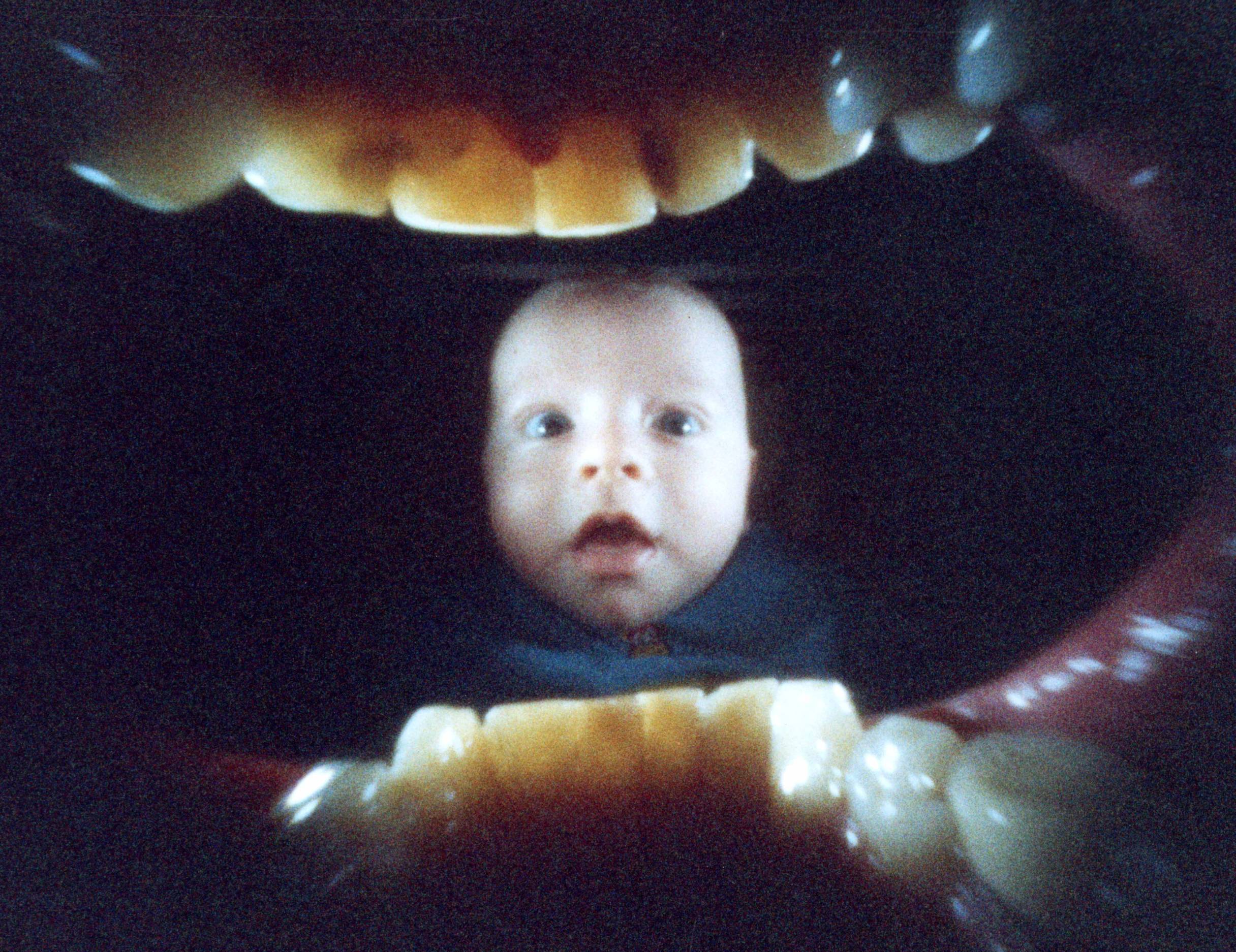
3. Why does Pinhole day always take place in April?
There was quite a bit of discussion about this on the email forum, but the last Sunday in April was chosen fairly quickly because the weather would be likely to be pleasant in late spring in the Northern hemisphere and late autumn in the Southern Hemisphere. In 2020 it’s on April 26.
4. Would you have any advice for people wanting to start their pinhole photography adventure?
Pinhole is famous for producing surprisingly creative images, often with what are usually considered errors such as light leaks, over or under exposure, motion blur, odd composition and strange angles. However, I think it’s worthwhile to spend some time learning the basics, because those errors can also lead to frustration.
In my experience, most disappointing early experiences with pinhole are a result of light leaks in the camera. It’s very frustrating to get excited about a new experience and go through the trouble of learning about it, and then end up with a totally blank piece of film. If you’re making a camera or modifying an existing one, try to test it out to make sure you’re getting an image before you set off on an adventure to get the images you really want.
If you’re using photographic paper, just leave it out in the sun for a few minutes, develop that sheet and compare it to a fresh piece.
With film, you’ve got to process the whole roll, but advance past one frame to leave it completely unexposed and then leave it out in the sun for awhile on the next. You might as well go ahead and try to take pictures with the rest of the roll, but at least you’d have those first two frames to let you know if you have a problem with the camera.
Another common error is camera movement. Since the exposures are long, any movement will blur the image.
It’s a good idea to get the basics down and then go crazy experimenting.
Otherwise it’s like all photography – consider what you want to photograph and take some time to think about light and composition.
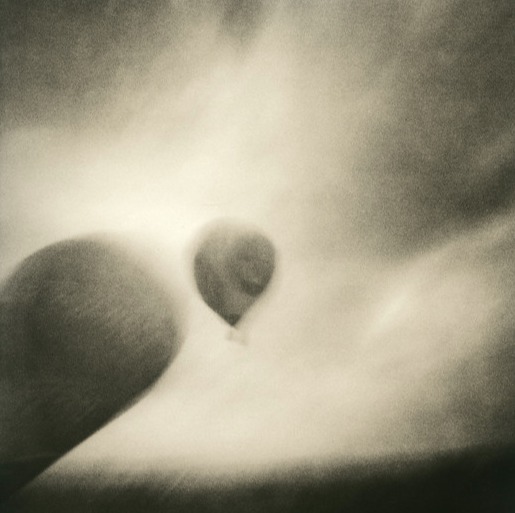
5. Do you know or do you imagine why people participate in the Pinhole day (knowing that there are no rankings, rewards, or money to win)?
Everybody likes to celebrate a holiday. I think people like to be part of an event that’s happening all over the world on the same day. Many people participate because there’s an event going on near them and it’s a chance to try out pinhole photography. For many experienced pinhole photographers, it’s a challenge to have just one day to get the best photograph you can and then choosing just one picture to submit to the gallery.
6. Do you have statistics on the number of participants per country, region, etc.? How many pinholes photos are posted every year? Is this number rising?
The first Pinhole day in 2001, 291 people from 24 countries submitted a photograph. It grew until 2012 when we had 3,865 submissions from 74 countries and 252 events. The most countries represented was 78 in 2016. The numbers have trailed off since then. Last year we had 2033 submissions from 57 countries with 156 events.
WPPD is very popular on social media. We have 8500 likes and followers on our Facebook page.
I often hear from people that they celebrated and took photographs on Pinhole day, but then forgot to submit them or missed the May 31 deadline. This year I plan to be more of a nag about getting a picture submitted.
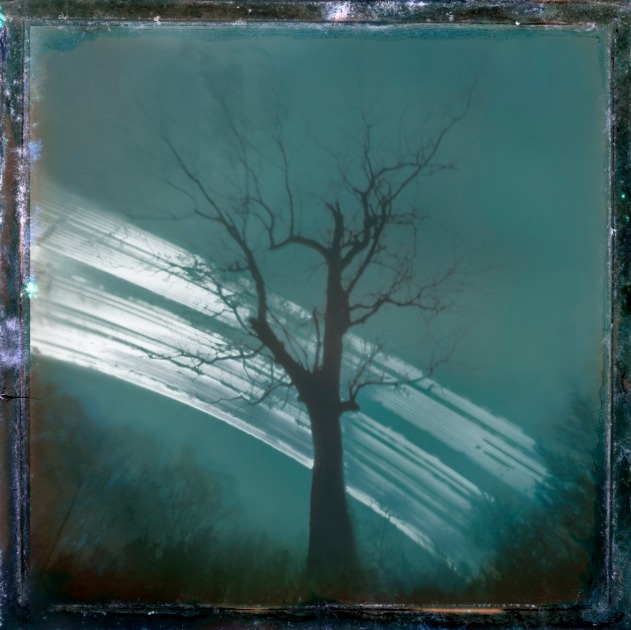
7. Which countries participate most? Is France a rather active country or not?
The most submissions come from the U.S., but European countries are also very active. Canada, Mexico, Brazil, Japan and Australia consistently have a lot of submissions.
On that first Worldwide Pinhole Photography Day in 2001, 24 French photographers submitted images, nearly 10 per cent of the total. Last year they were still one of the more active countries with 67 people submitting photographs.
Pinhole seems to be very active in France. L’instant Sténopé has over 700 followers on Facebook and Sténopé has 250. SpiralCamera in Grenoble and LeRouge in Bayeaux make wooden pinhole cameras, and Reality So Subtle cameras, precisely machined from modern materials, are made in Nantes.
8. Do you have some favorite pinholes of Pinhole days or pinhole photographers that you like?
One of the basic principles of Pinhole day is that everyone gets to submit one photograph and there’s no judgement of any kind, so I really can’t point out a favorite. The things that inspire me aren’t necessarily other pinhole photographers. I think you should look to all of photography, and art in general, for inspiration, and then see what the pinhole does to it.
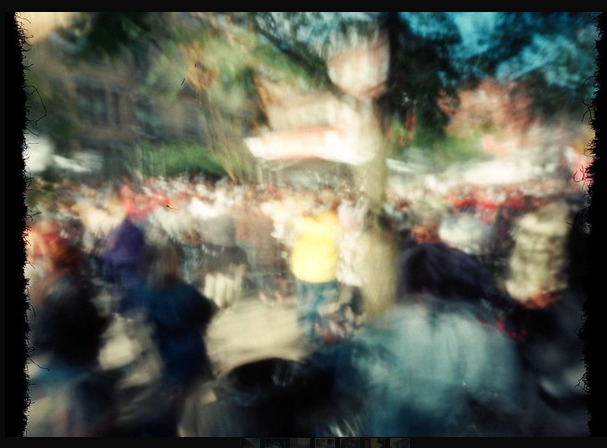
9. What is your biggest dream for Pinhole day and pinhole cameras?
My biggest dream for Worldwide Pinhole Photography Day is that it may help to get more people to experience the magic of pinhole photography. I know a lot about the science of how the image is formed, but it still seems a little like magic seeing the images I make with just an empty box with a tiny hole in it.
Since my fascination with pinhole and my practice of it begin with simplicity, I think my dream for a pinhole camera is just one that’s reliable and easy to use. I make my cameras out of cardboard, and my dream camera is usually the most recent one I’ve made.
Since making a camera is relatively cheap and easy, pinhole photography is accessible to a lot of people who might otherwise not be able to go out and buy a manufactured pinhole camera. It’s also a great hands-on lesson for children in art and science and that they can make something often seen as something only corporate manufacturing can produce.
10. Pinhole is an old photographic technique. According to you, what is its future as digital cameras become more and more efficient?
In the late 19th and then again in the late 20th century, pinhole photography got revived as a response to the highly technical, corporate nature of photography. Back then, there were no options to buy a pinhole camera, you had to make one yourself, and part of what made it interesting was that anyone could make a pinhole camera. Today, there are numerous artisans who make very good pinhole cameras that you can buy and that seems to have expanded the interest in making pinhole images among photographers who don’t want to make a camera themselves.
Pinhole photography and analog film photography in general seem to be a reaction to the constant indiscriminate barrage of phone camera images. All sorts of alternative, traditional processes are part of this movement.
As digital cameras become more efficient I don’t think that will change things much. Most of that efficiency is leading to smaller sensors, which are problematical to use for pinhole. Cameras with large sensors are probably going to stay at the professional level, therefore will always be expensive. I think the interest in pinhole and traditional methods will increase, although using a pinhole with a full frame digital camera you can experience some of the benefits of slowing down the process and putting more effort and thought into the image.

11. Finally, the Pinhole day in 3 words?
Science, Art, Magic!
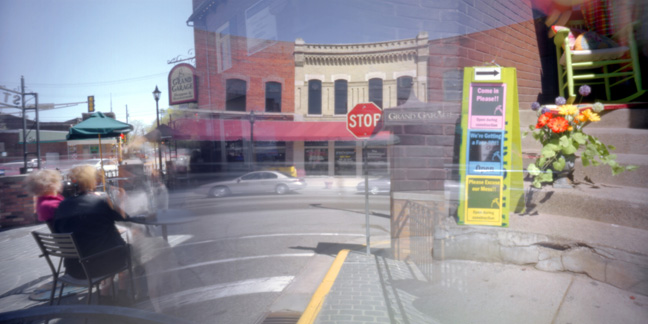
Thank you for reading this article on pinhole camera and the Pinhole day. If you want to exchange on this subject or send your creations, do not hesitate to use the comments below. You will also find on l’artboratoire, an article of general presentation of this technique and a presentation of a photographer who invested this approach. Enjoy !
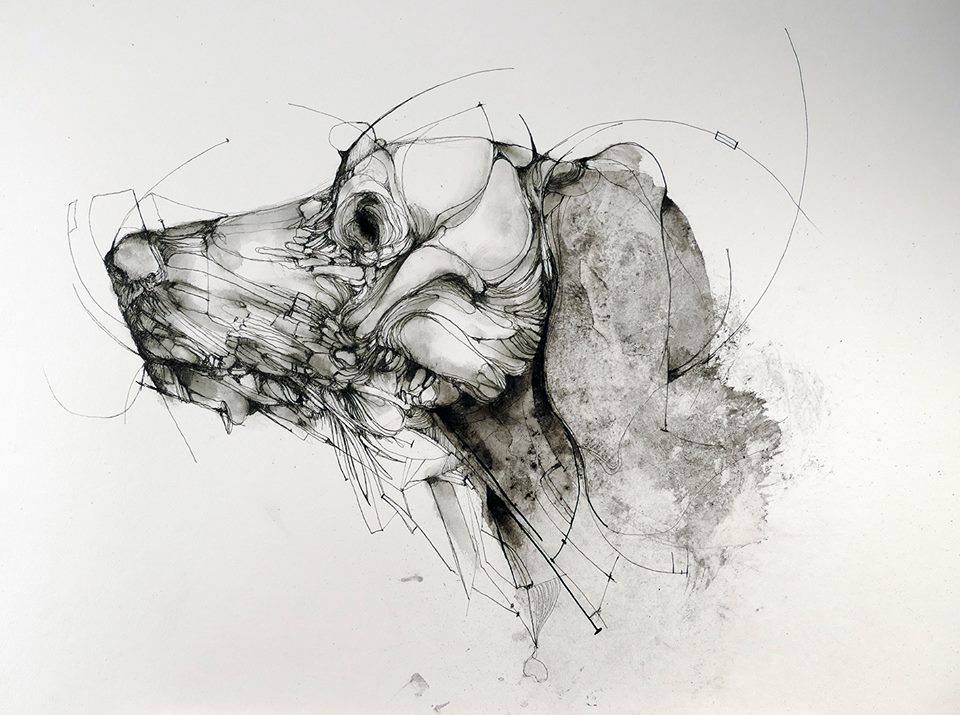
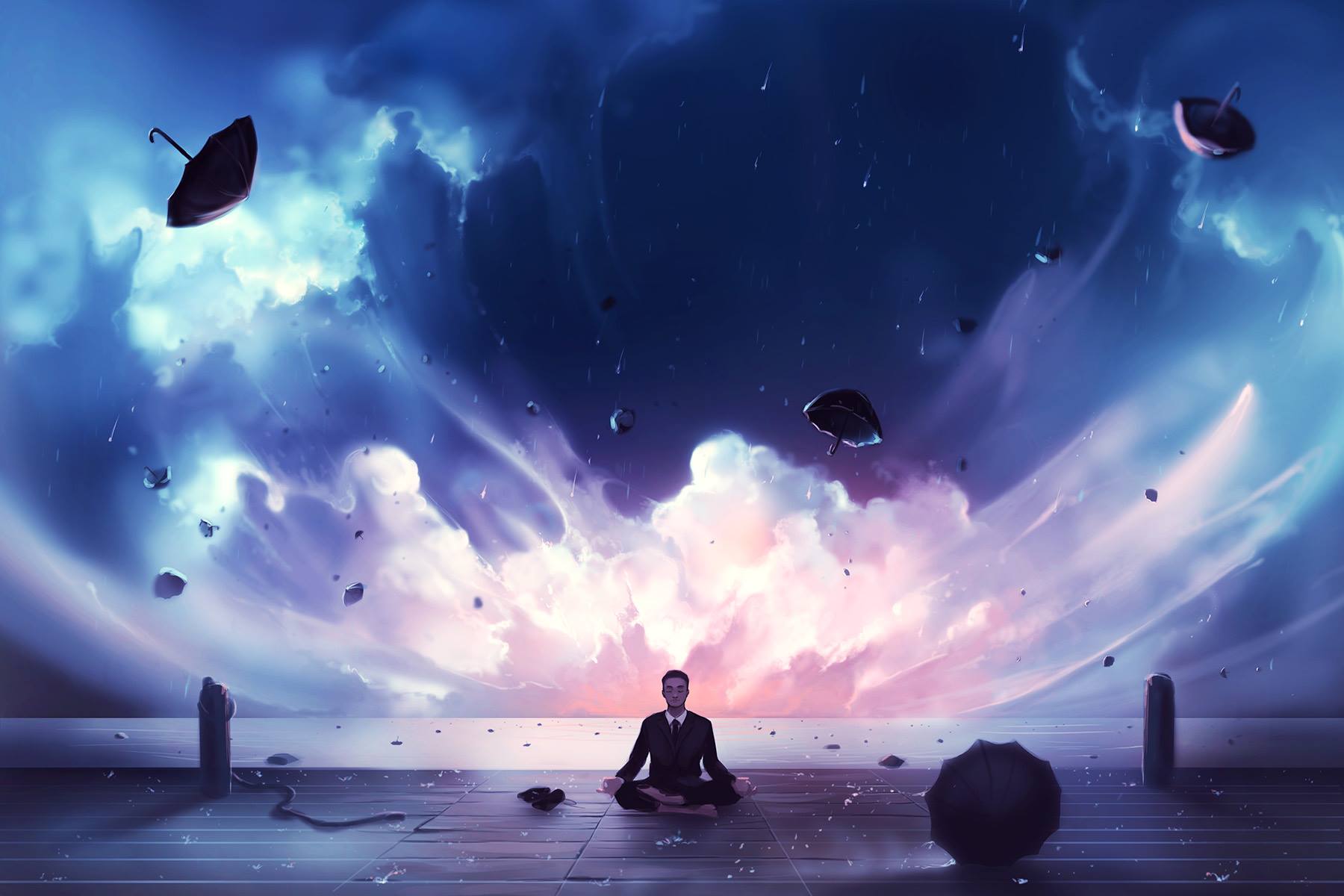
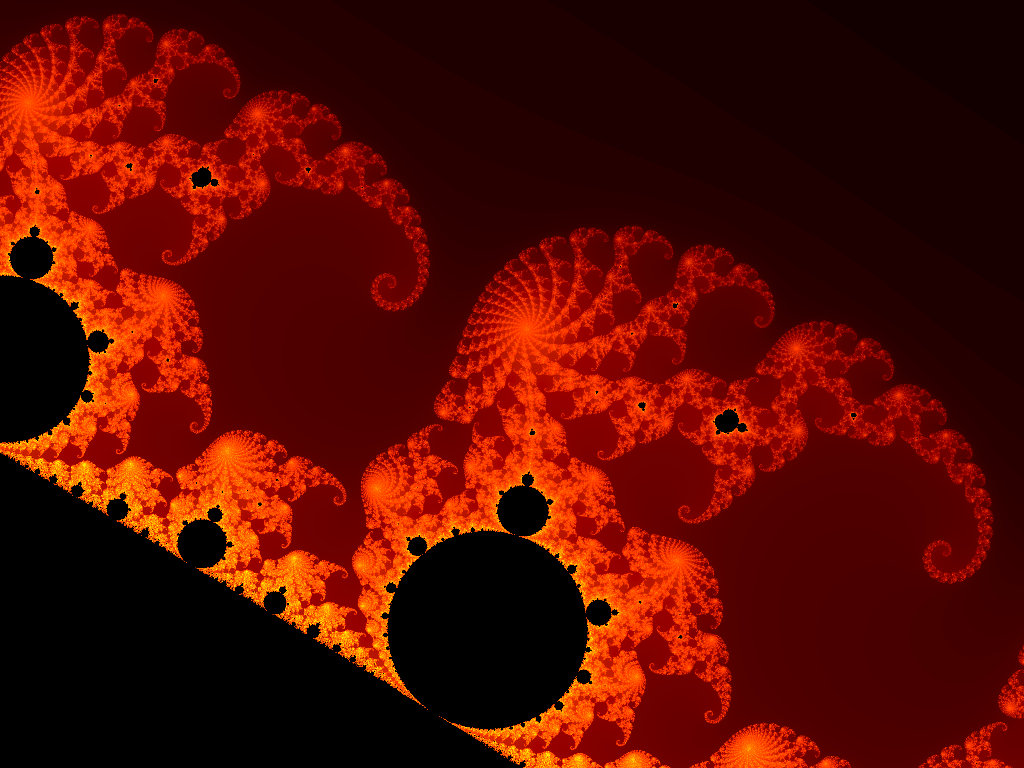
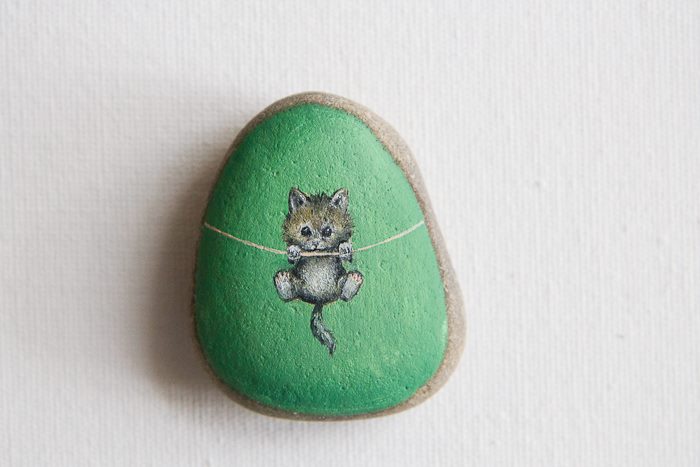
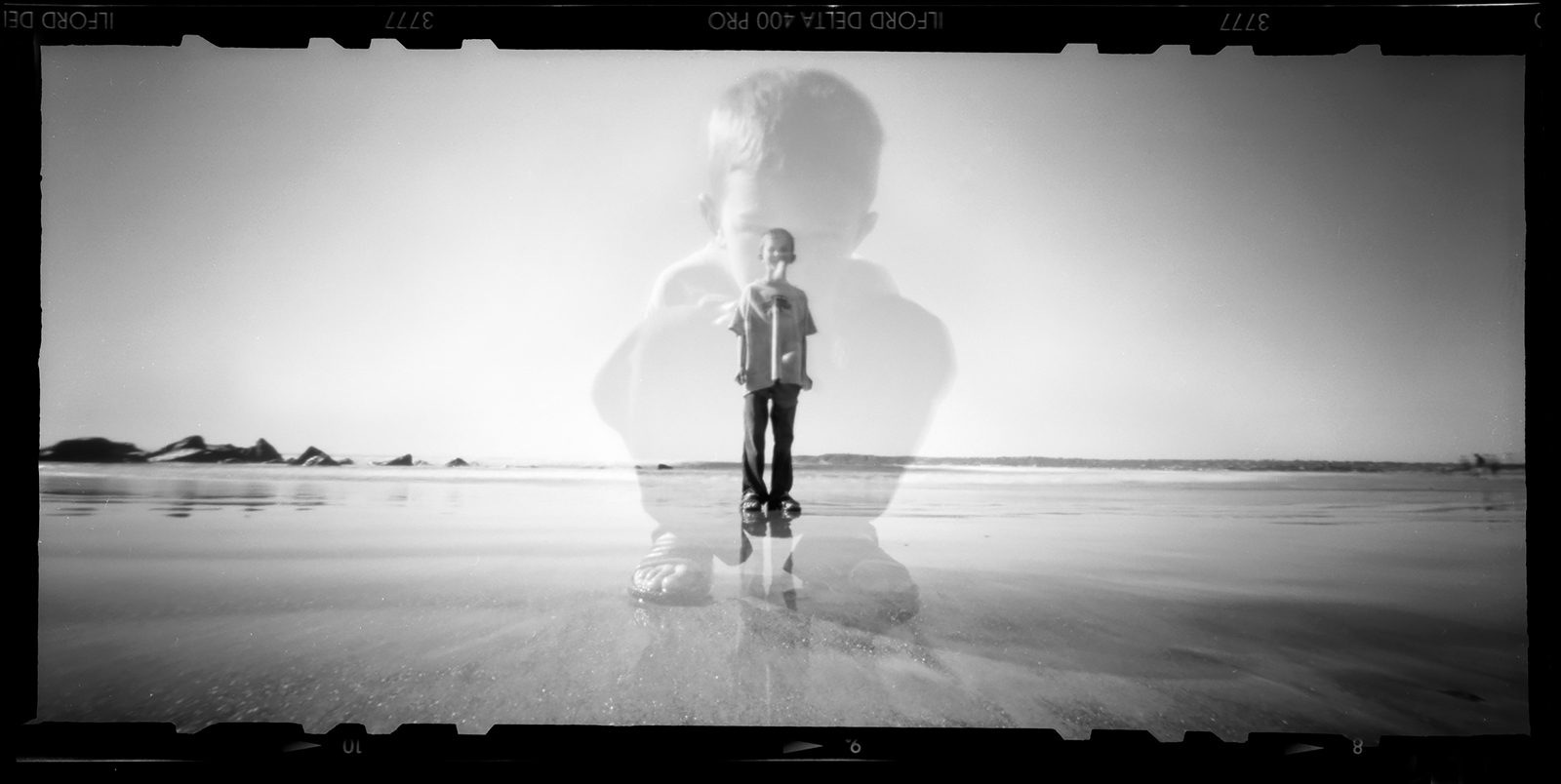
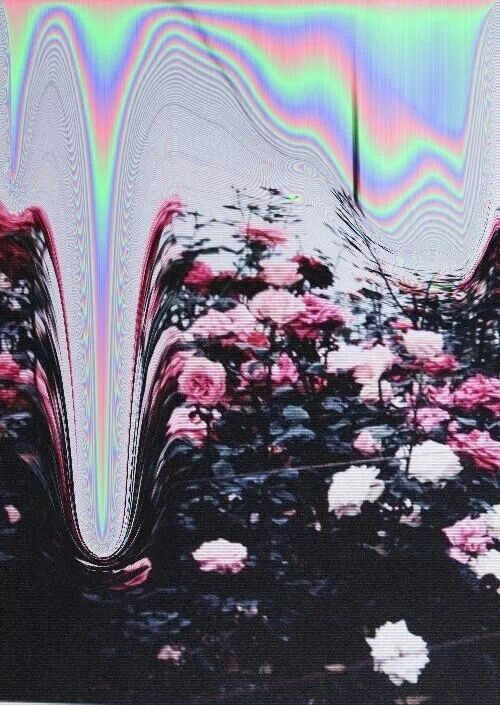
Commentaires
Vous avez sûrement un avis à partager !
Les champs marqués par un astérisque (*) sont obligatoires.